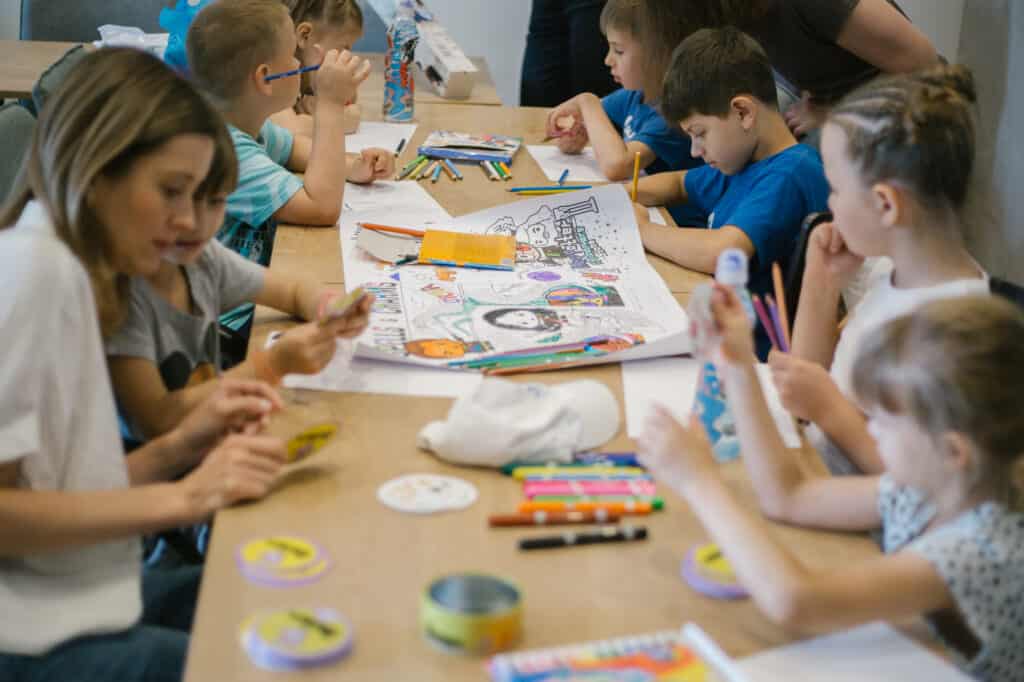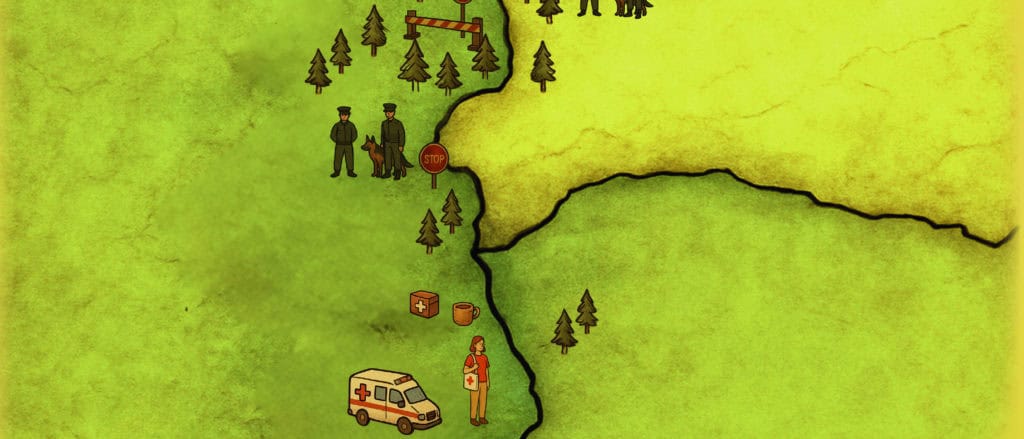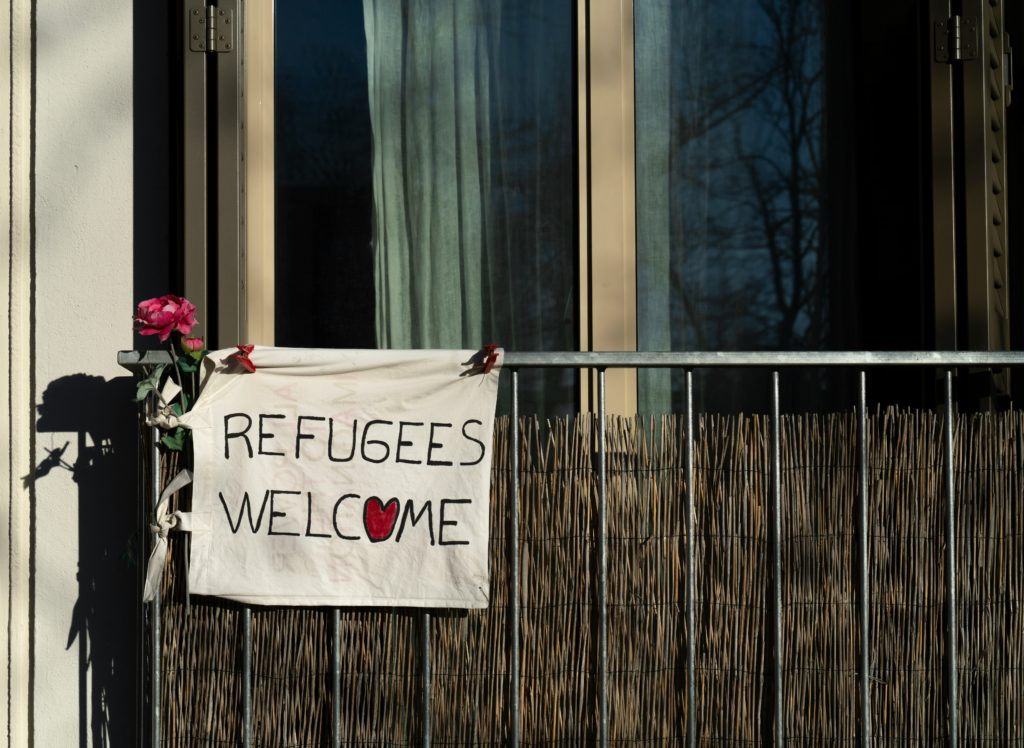This text is an excerpt from the “Polish School of Helping” report. You can read the full report here.
In the face of a real threat to life and health, there was a massive border movement and, significantly, it went in both directions. Most significant, of course, was the arrival en masse from Ukraine of people fleeing the war, most of whom were women, children and the elderly. It was the first time in Poland’s recent history that there was such a mass arrival of children and the elderly. This is of particular significance, since school-age children accounted for more than 6% of the corresponding population of Polish residents, and this was by far the highest share among all age categories (see Figure 1). It is this figure that most clearly delineates the scale of the challenges faced since the outbreak of the war. Available data from the Ministry of Education and Science show that at the end of 2022, there were 191,000 Ukrainian children in the Polish educational system, accounting for about 65% of all children covered by compulsory education, and a further 43,000 (50% of children in this age category) were placed in Polish kindergartens (data obtained courtesy of the Polish Development Forum). Children accounted for 45.57% at the end of 2022 of those who fled Ukraine registered in Poland after February 24, 2022.
Ossa hotels and unaccompanied minors
The Polish chain of Ossa hotels, by the decision of the owners, took in 1,600 unaccompanied children, mostly from the Kharkiv area, including about 200 children with disabilities, free of charge to one of its facilities. It has thus become the largest place of its kind for minor refugees in Europe, also offering psychological support. Such business generosity, however, should be accompanied by the assumption of responsibility for the children and their care by the public authorities by providing them with appropriate contacts with the educational system, Polish children and other educational and developmental activities. Grouping such a large number of children in one place could lead to risks that should have been identified early on and countered. After all, it is not without reason that care facilities are strived to be small. Hence, this useful and generous initiative should have been surrounded by additional support and monitoring by specialized government entities, aimed at ensuring good conditions (not just housing) for the development of minors.
Education of refugee children from Ukraine in Poland
It’s not that we accept [children from Ukraine,] because we want and think they will be able to learn normally and enjoy lessons, just because it’s the law.
Teacher
With the arrival of hundreds of thousands of Ukrainian refugee women in Poland, the Polish education system faced an unprecedented challenge. The 10 largest cities estimated that in the 2021/22 school year, the number of students in schools and educational institutions increased by an average of 10% compared to the previous school year.



